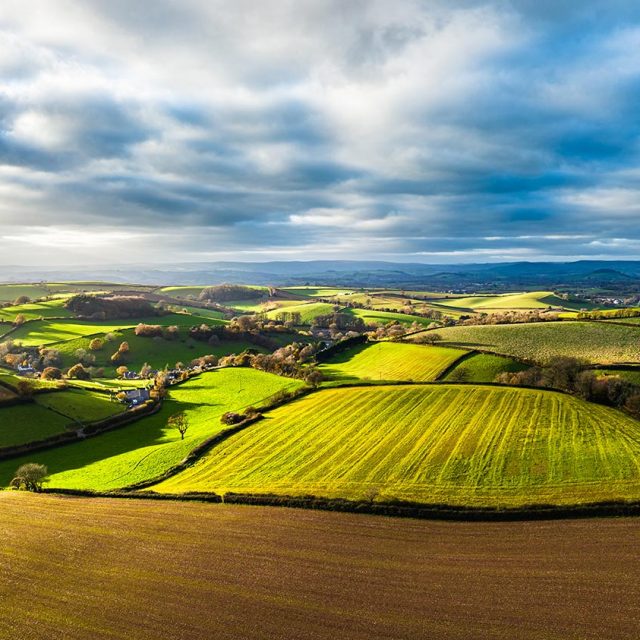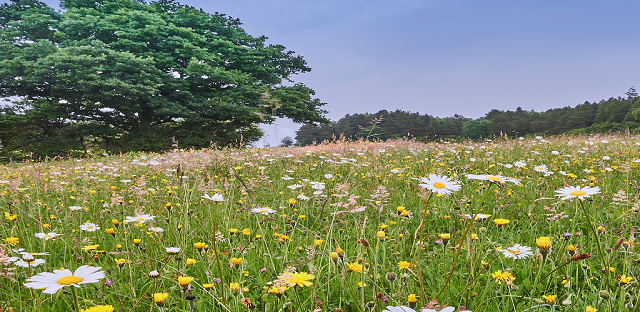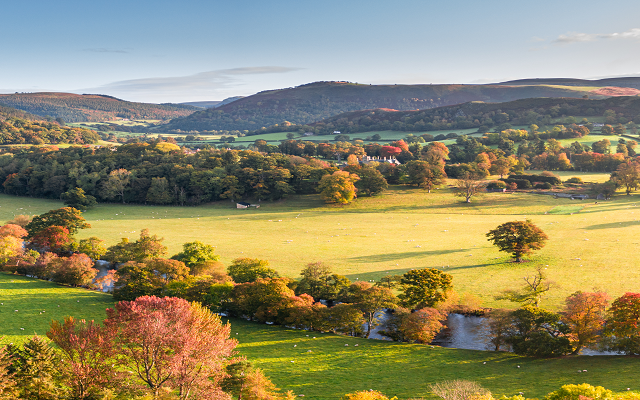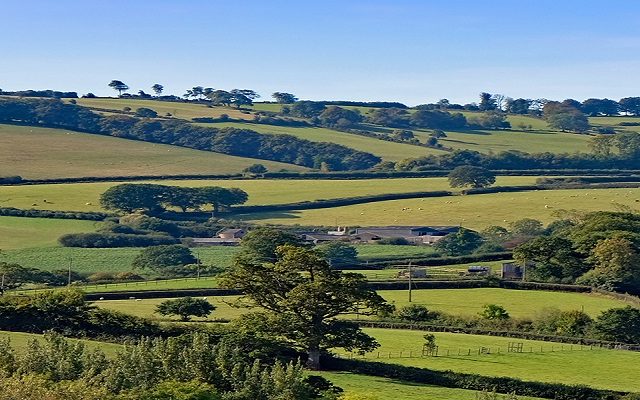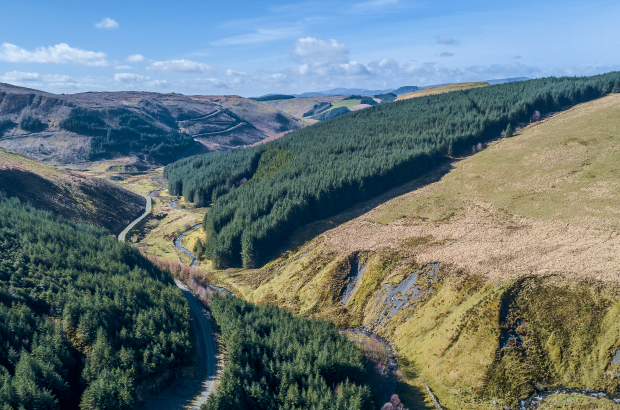New Peatland Code aims to drive lowland peat projects
An update of the Peatland Code has just been released which include changes reflecting the benefits of restoring lowland peat.
For the first time fenland peatland under restoration or re-wetting will be eligible for carbon credit registration.
Andy Adamson, a specialist in environmental land management – including peatland restoration – for Strutt & Parker, says: “This is an interesting development, as to date the Peatland Code has focused on upland deep peat bog habitats.
“Peatland restoration is vitally important as peat is such an effective carbon store, valuable wildlife habitat and the source of much of the UK’s drinking water.
“However, restoring lowland peat is one of the most challenging areas in terms of the conflicting priorities between the environment and food production. Around 240,000 hectares of drained lowland peat in England is used for farming and food production with some of it being the highest value arable and horticultural land available.
“The change to the Code reflects the desire to see changes in how lowland peat is managed, although full restoration is only likely to appeal to conservation bodies, investors and rewilding projects or perhaps someone farming marginal peatland.
“At a time when food security is in the spotlight, there is unlikely to be an appetite to take land out of production, nor will it be financially viable for many landowners. There can be scope to farm the land in some capacity while it is being restored, but it remains a challenging area and further research is likely to be needed on strategies to allow the continued production of food on lowland peat, while reducing greenhouse gas emissions.”
Other key changes in the Peatland Code include:
- On bog sites there has been a change to peat depth measurements. The minimum eligible peat depth has been reduced from 50cm in depth to 30cm although this must also form part of a contiguous area of deeper peat in the same hydrological system. Any areas less than 50cm in depth will also have to be measured on a 50m x 50m grid pattern, rather than the 100m x 100m required for deeper peats. This could mean that some feasibility studies will need to be updated and the costs of future ones will increase because of the extra work involved.
- Emission factors for bog sites have also been updated in line with the most up-to-date version of the UK GHG Inventory, which may reduce the amount of carbon credits awarded at verification, versus those issued at the time of a project’s initial validation.
Landowners in England will soon be able to apply for valuable funding for peatland restoration projects under the Nature for Climate Peatland Grant Scheme (NCPGS).
The scheme, which can be used to fund upland and lowland peat restoration projects, will open for an eight-week application window in April 2023.
Restoration grants will be available to fund up to 75% of a project’s total costs, with up to 85% of the costs being covered in exceptional cases.
“Most peatland restoration work is currently being carried out in Scotland, but significant sums of money are being made available to drive forward peatland restoration in England,” says Mr Adamson.
“Any landowners accessing this grant funding may also seek to access carbon finance, by registering projects with the Peatland Code so they can offset their own operations or sell credits to voluntary carbon market buyers.”
The NCPGS was first launched in 2021 with the goal of starting 35,000ha of degraded peatland in England on the path to restoration by 2025. To date, it has funded 19,500 ha of planned peatland restoration.
This is the third round of the scheme and funding will only be available for projects where the preparatory work and management plans are complete, or almost complete, as work must begin within the 2023 – 2024 restoration season.
Natural England says it wants to see applications delivering restoration at a landscape scale, so may require multiple land managers to work together, something Strutt & Parker can help facilitate.
A NCPGS project can be active on the same land as Countryside Stewardship (CS) and Environmental Stewardship (ES) agreements so long as certain conditions are met.

